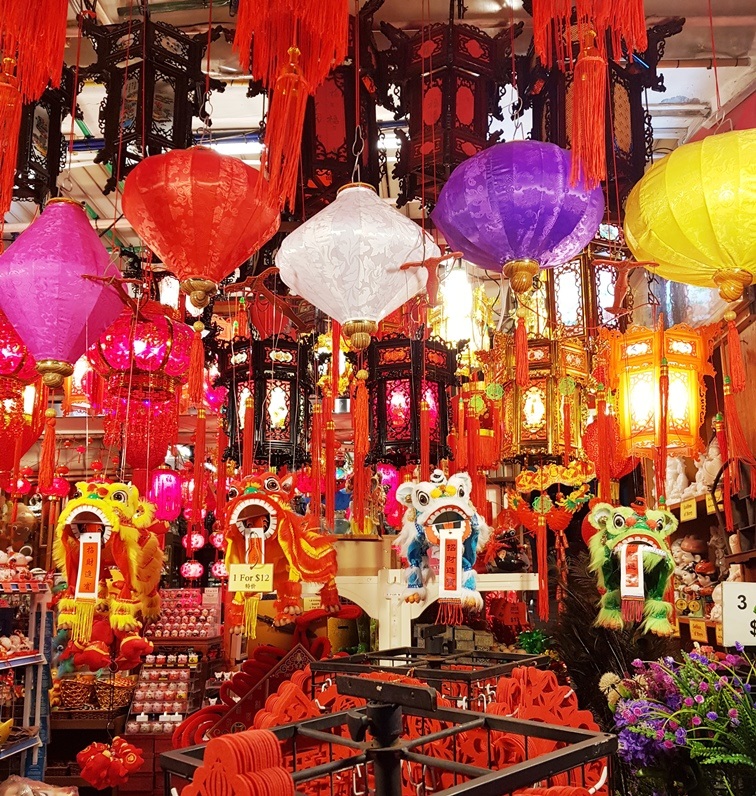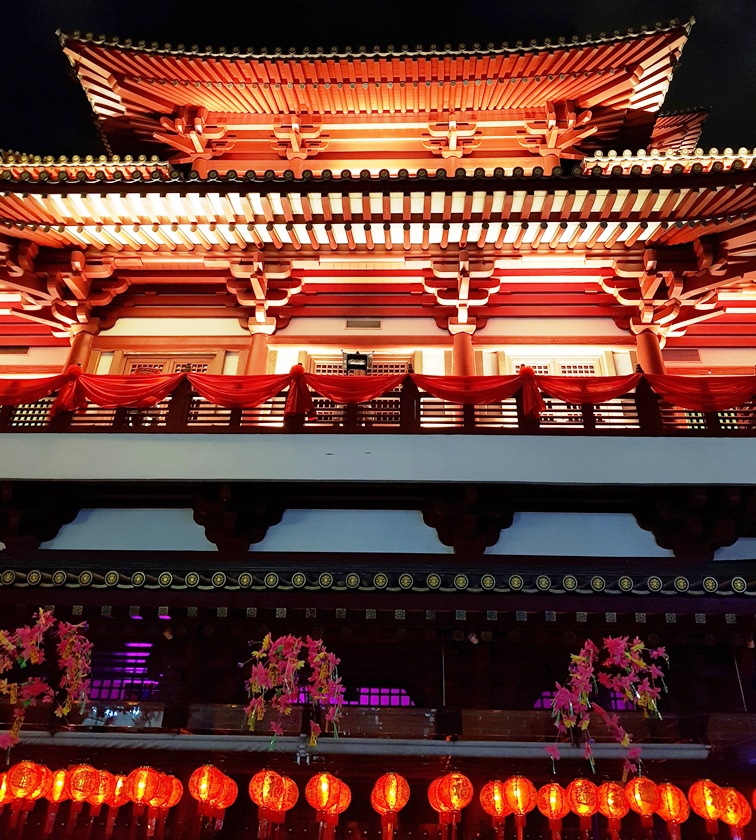
“Gong xi fa cai!” For 15 days starting from 25 January 2020, this phrase will be commonly heard being used across many Chinese (and increasingly in non-Chinese as well) households. That’s right, it is the time when the new Lunar New Year is upon us again! Not surprisingly, with an estimated 20% of the world population being of the Chinese nationality, the Chinese New Year festival is one of the most popular holidays in the world. Did you know, that this festival is actually way older than the New Year celebrations held on the 1st of January?
Falling on the first day of the traditional Chinese calendar, the public holiday falls on any date between 25 January 2020 and 8 February 2020. The 15-day long festivities are filled with delicious food, firecrackers, parades, presents and well-wishes.
So what started off this centuries-old new year celebration? How did all these symbols get associated with it? And how did all this end up in the way we know it today?
Origin
The Chinese New Year is a festival that is widely estimated to be at least 3500 years old. How did this festival come about? It is believed that there was once a beast named Nien that appeared every year and he thrived on causing hardships and misery to the people. This was a yearly practice until one year, an old man scared Nien away by hanging red garments and lighting firecrackers. Eventually, he was chased away and this prominent day marked the start of the Lunar New Year, also referred to as the Spring Festival.
![]()
A season of joy and fresh starts

In Singapore, we are most commonly granted 2 days of public holidays to celebrate the festivities. Did you know that in China, the Chinese government grants a 7-day long holiday during the Lunar New Year? It is a huge festival that is celebrated with the hanging of red decorative items and cloth on buildings and homes.
People practice yearly traditions such as buying new clothes, settling old debts and making peace with those whom they have had quarrels with. Houses are cleaned and swept, and spring cleaning is done. This is to start the new year on a fresh and positive note. Custom also says that houses should not be swept on new year’s day as this would mean that the good luck is being swept out. Gifts and red packets containing money are exchanged during the celebrations that go on for about 15 days.
The Chinese Zodiac
The Chinese zodiac consists of twelve animals that first appeared in the Zhan Guo period (5th century B.C.) No one knows when the zodiac was created, but they were officially identified during the Han Dynasty. Each year is named after one of the twelve animals of the Chinese Zodiac. There are various legends regarding the origin of this and people are said to bear resemblance to the traits of the animal of their birth year. The year beginning on 25 January 2020 will be the Year of the Rat, which is also the first of the 12-year cycle.
The Reunion Dinner
One of the most important festivities of the Spring Festival is the Reunion Dinner which is held on New Year’s Eve when people return to their hometowns to be with their families. Traditional Chinese delicacies are prepared. A common food that can be found during reunion dinners is the steamboat, where family members gather around simmering broth and cook various types of ingredients. Besides being much loved by family members, tradition has it that this meal serves to strengthen family bonding and sharing of happiness. Some ingredients that can be found in the steamboat include the chow mein noodles, dumplings and shrimps, which never fail to impress with their delightful taste.
The Lantern Festival and Parade
The two-week long celebration entails a large parade and tons of fireworks. People adorn costumes such as those of dragons and flood the streets. In Singapore, this parade is most commonly known as the ‘Ching-Gay Parade’. The festivities come to an end with the Lantern Festival. Red lanterns are prepared and set off into the air to mark the close of the celebrations.
Celebrations outside China
The Chinese New Year is celebrated by people of Chinese origin across the globe. In San Francisco, the USA, a large parade with many Chinese New Year festivities is held. The Taiwan Lantern Festival that has been held since the 1990s is a major attraction for tourists. Wherever the Chinese culture has reached, the Spring Festival has followed.
How is our celebration different in Singapore? Celebrating the festivity will not be complete without the tossing of Yusheng. This Cantonese-style raw fish salad is named Yusheng as it represents abundance, prosperity and vigor. We also exchange mandarin oranges when visiting a relative’s home to represent respect and tradition. The orange hue of these fruits also symbolizes “gold”, hence the auspiciousness warrants their presence at homes. The married elders will hand out red packets (or ang paos) to children as a sign of blessings. The Chinese enjoy the festivities for the 15 days of the Lunar New Year, ending off with a reunion dinner again to celebrate the successful start of the Spring festival.
Here’s wishing all our Chinese readers a blessed and prosperous year of the rat – Gong Xi Fa Cai!
Exam Smart Tips
Exam Smart Tip #1 – How to Encourage Our Kids to Speak Better?
Exam Smart Tip #2 – How to avoid carelessness?
Exam Smart Tip #3 – Establishing Routines!
Exam Smart Tip #4 – Let’s Read Carefully!
Exam Smart Tip #5 – Beating the Exam Fever!
Exam Smart Tip #6 – How to Eat Right for the Exams?
Exam Smart Tip #7 – How to Avoid a Meltdown?
Exam Smart Tip #8 – Taking Stress out of Tests
Who We Are
Mission statement – “Empower every student to achieve full potential”
88tuition Pte Ltd offers the best PSLE Tuition Singapore for children looking to ace the PSLE exam. With effective learning materials and high-quality explanatory videos by experienced trainers, children are provided with the best online PSLE tuition.
With the basics learnt well, children will be able to grasp advanced concepts easily. Looking for the best PSLE math tuition, PSLE Science tuition and PSLE English tuition in Singapore? 88tuition has got you covered. The online training videos and assessments are designed in a way that children are made to enjoy the learning process.
UEN 201817310C
271 Bukit Timah Road; #03-08; Singapore 259708



